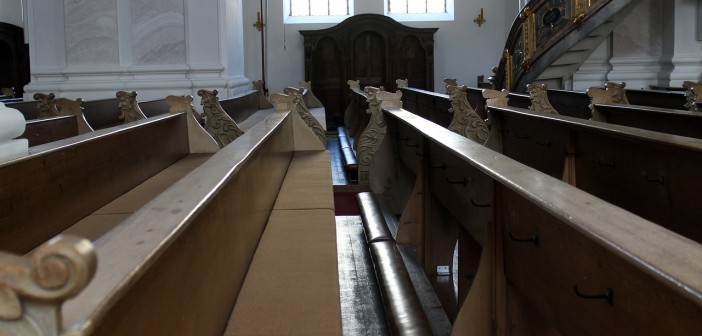Bishop Jonathan Gledhill says you must lead worship in a way that appeals not only to the current congregation but to people who are not yet there.
I went for the first time to a church in a scruffy area of Bristol. It was an evening service and there were perhaps thirty-five people in a church that had been built for hundreds. After about ten minutes I recognized there was something strange about the way the vicar, who had only recently come to the parish, was conducting the service.
It took me the next ten minutes to work out what it was: he was leading an act of worship as if the building were full of people. Not that he ignored the congregation there. He simply communicated by the way he spoke that God had given him a vision that this church was being called to be of significance for the whole of that community in Bristol.
As I pondered that service during the next week, I understood two things which have never left me. First, that to lead worship you need a vision of where the church is called to go. And second, that a church leader is responsible for leading worship in a way that caters not just for the people who are there but also for the people who are not yet there. To lead worship is always to lead attention towards God’s concern beyond the church to the world.
Related Resources
- What’s Wrong With This Picture? Michael White
- “That’ll Preach,” a Leading Ideas Talks podcast featuring Charley Reeb
- Revitalizing Worship is More than a Question of Style Donna Claycomb Sokol and L. Roger Owens






